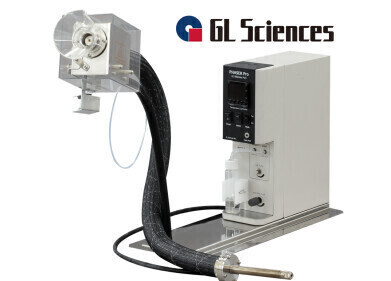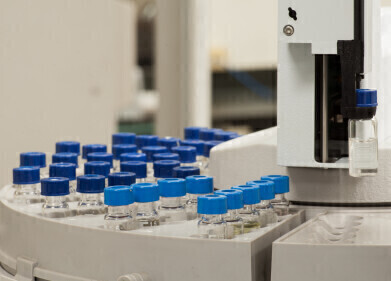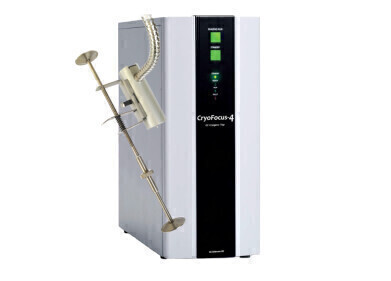GC, MDGC
What is the Van Deemter Equation?
Aug 11 2014
Band Broadening
Band broadening is the name given to the ‘spreading out’ of a group of the same molecular species as they move through a chromatography column.
Imagine the injection of a sample of a pure compound into a GC or HPLC instrument. In ideal conditions, this would be displayed on the chromatogram as a single spike. What actually appears on the chromatogram is a triangular peak. The reason a spike is not produced is due to the process of band broadening.
Band broadening can be thought of as a measure of the column’s efficiency.
Essentially:
Little band-broadening—narrow chromatogram peak—efficient column
As a column gets older, its separation efficiency will drop and natural band broadening will occur. Band broadening can also be affected by inappropriate experimental parameters, especially mobile phase flow rates. To discuss how flow rates affect band broadening, some background is needed.
Plate Basics
The efficiency of a column is sometimes defined by the number of plates (N) a column has. Imagine a column sliced radially into thousands of thin discs; these are the plates. The more plates a column has, the more efficient the column is and the separation between two solutes will be greater.
The plate count for a column is not a fixed number, but depends on the flow rate, the mobile phase used and the nature of the solute. N is calculated after a sample has been run and is proportional to the retention time and inversely proportional to the peak width at half-height. Therefore, a narrower peak gives a higher N value.
If a column has a length of L, we can calculate the height of each of the plates in the column:
Height = L / N
The term H is also known as the Height Equivalent to a Theoretical Plate, or HETP. This is also a measure of column efficiency, and since column length is fixed, a large value of N gives a small value of HETP.
So to recap,
- Little band-broadening—narrow peaks—a more efficient column
- More efficient column—large N—small HETP
Van Deemter Equation
The mechanism of band broadening and how it can be linked to HETP was discussed in a 1956 paper entitled ‘Longitudinal diffusion and resistance to mass transfer as causes of nonideality in chromatography’1.
As a result of this work, it was found that the relationship between a column’s efficiency and the mechanism behind band broadening could be described by an equation now known as the Van Deemter equation. In a simplified form, the Van Deemter equation is:
HETP = A + (B / u) + Cu
Where:
- A Eddy diffusion
- B Longitudinal diffusion
- C Resistance to mass transfer
- u Average mobile phase velocity
As shown earlier, the aim is to minimise HETP to improve column efficiency. An article that considers how modern 3-D printing can reduce HETP is: The Effects of Bead Overlap on Performance of 3D Printed Packed Bed Columns.
Sources
- Van Deemter JJ, Zuiderweg FJ and Klinkenberg A (1956). "Longitudinal diffusion and resistance to mass transfer as causes of non ideality in chromatography". Chem. Eng. Sc. 5: 271–289.
Events
Apr 22 2025 Kintex, South Korea
Analytica Anacon India & IndiaLabExpo
Apr 23 2025 Mumbai, India
Apr 27 2025 Portland, OR, USA
May 11 2025 Vienna, Austria
May 18 2025 Tempe. AZ, USA












